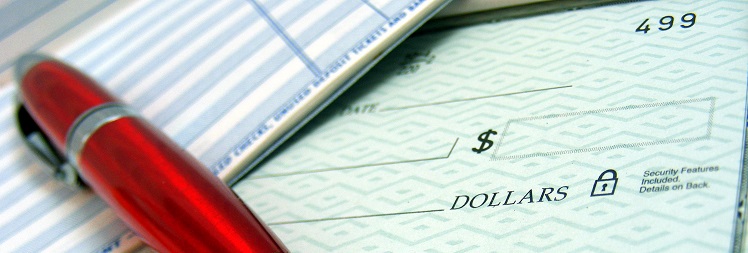Articles
Check Fraud: Treasury Tactics to Avoid It
- By Andrew Deichler
- Published: 8/15/2017

The 2017 AFP Payments Fraud and Control Survey found that 59 percent of organizations experienced between one to five attempts at check fraud in 2016. As long as businesses continue to pay by check, fraud will still be a problem—but there are many effective ways of ensuring that your organization does not become a victim.
The following are some tactics corporate treasury professionals can use to stem the flow of check fraud, from AFP’s latest Payments Guide.
Holder in Due Course
Holder in due course (HIDC) is an important risk factor that treasury professionals need to understand, as it can impact an organization’s fraud liability and the checks it issues. HIDC refers to anyone who accepts a check, and on the face there is no evidence of alteration or forgery. Under the Uniform Commercial Code (UCC), the recipient of the check is a HIDC and is legally entitled to be paid for the check—even if a stop payment has been placed on it, or if the check was rejected by the bank for any reason, including as a positive pay exception item. “Holder in due course trumps a stop payment and trumps positive pay,” said Greg Litster, president of high-security check provider SAFEChecks.
If a holder is unable to negotiate the check, they can sue the check issuer (drawer) for the full face value of the check, and get a judgment against the drawer. The statute of limitations to sue is 10 years from the issue date, or three years from the date the check was returned unpaid. A holder also can transfer their rights to the instrument to another party, as long as that party wasn’t involved with any underlying fraud related to the check. The new holder has the identical legal rights as the original holder, and can sue the drawer for the face value of the check.
All organizations have occasion to issue a replacement check for a check that allegedly was lost or destroyed. A stop-payment order is placed with the bank on the lost check, and a replacement check is issued. Because HIDC trumps a stop payment, to avoid being forced to make payment on a stop-payment check, corporates always should print an expiration date on the face of the check. “If you print, ‘This check is void 30 days from issue date, you cut 10 years down to 30 days,’” Litster said. “The key is to keep the expiration date very short. Less than 30 days is preferable, though there are some municipalities that require it to be 60 days.”
The only way an organization can ensure that it doesn’t end up paying twice is to institute a policy that a replacement check can be issued only after the expiration date has passed on the original check. “If someone accepts a check after that number of days, they have accepted an expired instrument and they have no legal standing as a holder in due course,” Litster said, noting that the banks typically pay no attention to expiration dates because they are not obliged to honor them.
Sight Review Paid Large-Dollar Checks
Litster recommends that organizations look at the images of large-dollar paid items—checks made payable to tax agencies such as the IRS, and to charities—as soon as the bank statement is available. The sight-review purpose is to ensure that the payee name has not been altered or a new payee name added.
Under the UCC, an added or altered payee is the liability of the bank of first deposit (BOFD) for one year. However, many banks have implemented “cut-down” provisions for a customer to report any alterations or errors. The cut-down period is often as short as 60 days, and can be even shorter. What’s more, tax agencies and charities typically don’t give notice of an unreceived payment until well past any bank-established cut-down deadline. “While the BOFD has liability for an added or altered payee for one year, it can take the cut-down provision of the payer bank and enforce that cut-down provision to successfully defend itself,” Litster said.
Download Not Going Anywhere: Why Checks Still Matter, underwritten by MUFG Union Bank, here.
Copyright © 2024 Association for Financial Professionals, Inc.
All rights reserved.

